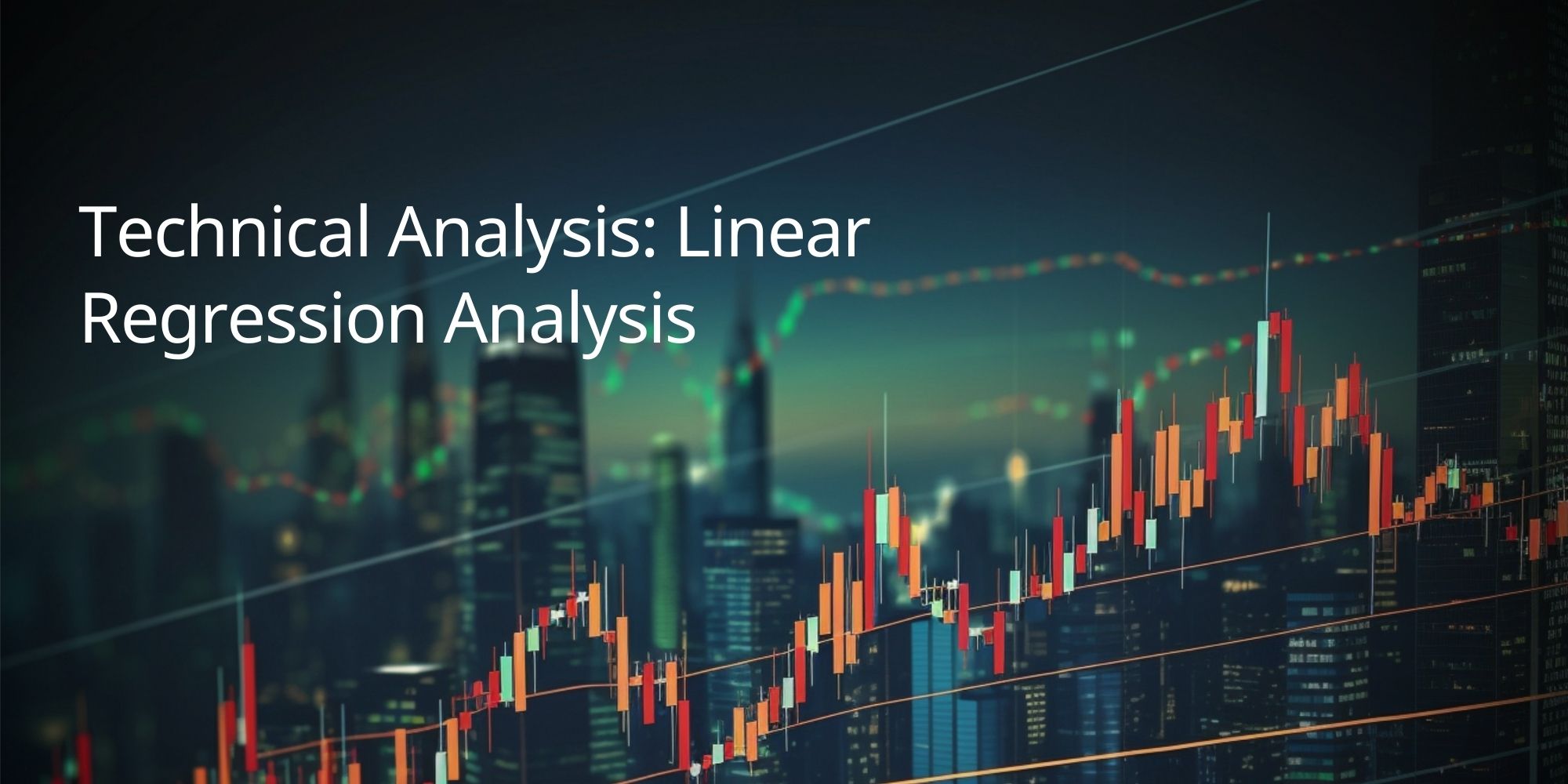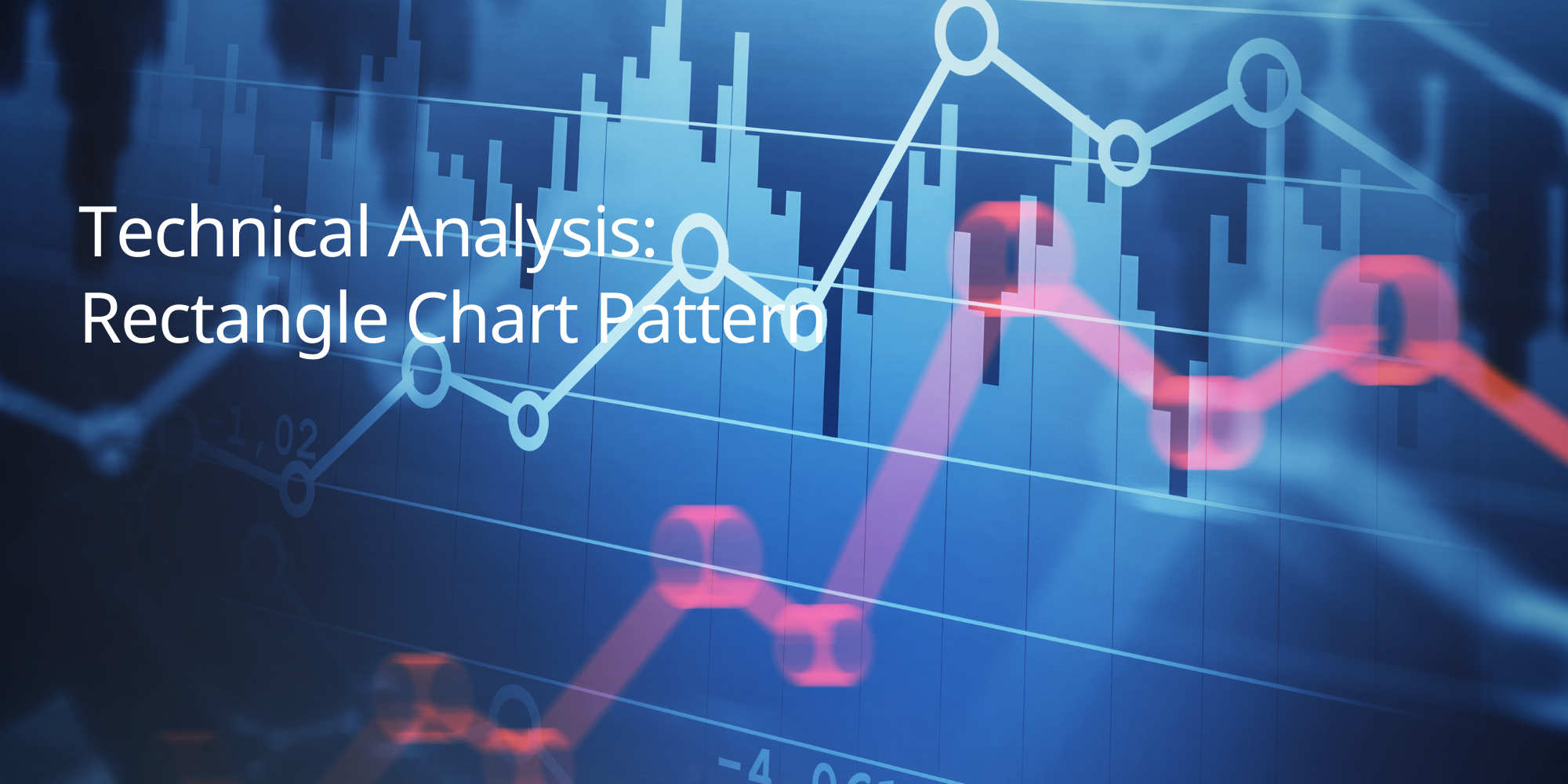Want to gain an edge in forecasting market trends? Linear regression analysis can help. By Looking to enhance your market predictions? Linear regression analysis is a powerful tool that helps traders uncover relationships between different variables, making it easier to forecast future price movements. By incorporating this statistical approach, traders can improve their decision-making and develop more effective trading strategies.
In this comprehensive guide, TradeSmart explores the fundamentals of linear regression analysis, including its definition, real-world applications, key assumptions, and potential limitations. Get ready to harness the power of data-driven insights to make smarter trading decisions!
What Is Linear Regression Analysis?
Linear regression analysis is a statistical method used to predict the value of one variable based on the value of another. It’s like finding the “line of best fit” through a set of data points, allowing you to estimate where future data points might fall.
How it Works in Trading
In financial markets, linear regression can be used to predict future price movements based on historical data. Traders can use this information to identify potential entry and exit points, set stop-loss orders, and make more informed trading decisions.
The Linear Regression Indicator (LRI)
Many traders use a technical indicator called the Linear Regression Indicator (LRI) to visualize potential price trends. The LRI plots a line that represents the predicted price direction based on a certain number of past price bars.
How Does Linear Regression Analysis Work?
Linear regression analysis seeks to find a relationship between two variables:
- Independent Variable: This is the variable that is thought to influence or predict the other variable. In trading, this might be time, trading volume, or an economic indicator.
- Dependent Variable: This is the variable you’re trying to predict. In trading, this is usually the price of an asset.
The analysis assumes that there’s a linear relationship between these two variables. This means that as the independent variable changes, the dependent variable changes in a consistent and predictable way.
Here’s a simplified breakdown of the process:
- Gather Data: Collect historical data for both the independent and dependent variables. For example, if you’re analyzing the relationship between time and the price of a stock, you would gather historical price data for that stock.
- Plot the Data: Plot the data points on a chart to visualize the relationship between the variables.
- Find the Line of Best Fit: Use a statistical method to find the straight line that best fits the data points. This line represents the linear relationship between the variables.
- Make Predictions: Use the line of best fit to predict future values of the dependent variable based on the independent variable. For example, you could use the line to predict the future price of the stock based on time.
Interpreting the Results
- Positive Slope: If the line of best-fit slopes upward, it indicates a positive relationship. As the independent variable increases, the dependent variable is also likely to increase.
- Negative Slope: If the line of best-fit slopes downward, it indicates a negative relationship. As the independent variable increases, the dependent variable is likely to decrease.
What Are The Assumptions Of Linear Regression Analysis In Stock Market Forecasting?
For linear regression analysis to be reliable and produce accurate results, certain assumptions need to hold true:
- Linearity: The relationship between the independent and dependent variables should be linear. This means that a change in the independent variable should result in a proportional change in the dependent variable.
- Independence: The data points used in the analysis should be independent of each other. This means that the value of one data point should not influence the value of another. If the data points are correlated, the results of the analysis may be unreliable.
- Relevance of Variables: The independent variables chosen for the analysis should be relevant to the dependent variable. In the context of stock market forecasting, this means that factors like trading volume, economic indicators, or news sentiment should be considered, as these can influence price movements.
- Homoscedasticity: The variance of the errors (the difference between the predicted and actual values) should be constant across all levels of the independent variable. 1 This means that the accuracy of the predictions should be consistent across the range of data.
- Normality: The errors should be normally distributed. This means that the distribution of the errors should follow a bell-shaped curve.
If these assumptions are not met, the results of the linear regression analysis may be inaccurate or misleading. We encourage traders to carefully consider these assumptions when using linear regression for trading and to combine linear regression insights with other analytical tools and techniques for a more comprehensive view of the market.
What Are The Limitations Of Linear Regression Analysis In Stock Market Forecasting?
While linear regression can be a valuable tool for predicting price movements, it’s important to be aware of its limitations:
- Impact of External Events: Linear regression models primarily rely on historical price data and may not fully account for external factors that can influence market movements. Unexpected news events, economic shifts, geopolitical developments, and changes in investor sentiment can all disrupt established patterns and lead to inaccurate predictions.
- Overfitting and Underfitting: Linear regression models can sometimes be too complex (overfitting) or too simple (underfitting) to accurately capture the underlying relationships in the data.
- Overfitting occurs when the model captures noise and random fluctuations in the data rather than the true underlying trend.
- Underfitting occurs when the model is too simplistic to capture the complexity of the data, leading to inaccurate predictions.
- Assumption of Linearity: Linear regression assumes a linear relationship between the variables being analyzed. However, in reality, the relationship between factors that influence stock prices can be non-linear and complex. This can lead to inaccurate predictions when the underlying relationship doesn’t conform to the assumptions of the model.
Mitigating the Limitations
To improve the accuracy and reliability of linear regression analysis, traders can:
- Combine with Other Indicators: Use linear regression in conjunction with other technical indicators, fundamental analysis, and news sentiment analysis to gain a more comprehensive view of the market.
- Refine the Model: Continuously refine and adjust the model based on new data and changing market conditions.
- Be Mindful of External Factors: Stay informed about news events and economic developments that could impact market trends and potentially invalidate the predictions of the linear regression model.
By understanding the limitations of linear regression analysis and combining it with other analytical tools, traders can make more informed decisions and improve their trading outcomes.
When To Use Linear Regression?
While linear regression can be applied in various market conditions, it’s essential to understand when it’s most likely to yield accurate and reliable results.
Ideal Conditions for Linear Regression:
- Stable Market Trends: Linear regression tends to perform best in trending markets with relatively stable price movements. This allows the model to capture the underlying trend and make more accurate predictions about future price direction.
- Minimal External Influences: Periods with minimal unexpected news or events are ideal for linear regression analysis. Sudden market shocks caused by geopolitical events, economic surprises, or company-specific news can disrupt established patterns and invalidate the predictions of the model.
- Consider Broader Market Context: When analyzing individual stocks, consider the broader market context, including the performance of the overall market and the relevant sector. A stock might temporarily deviate from its expected trend due to company-specific news or investor sentiment, but it will eventually revert to align with the broader market forces.
- Avoid Periods of High Volatility: Extremely volatile markets can make linear regression less reliable, as rapid and unpredictable price swings can distort the model’s predictions.
Timing Considerations:
- Avoid periods immediately following major news releases or events. These can create temporary distortions in price movements that might not reflect the underlying trend.
- Focus on periods with consistent and predictable price patterns. This allows the linear regression model to capture the true relationship between the variables being analyzed.
By being aware of the recent economic events thanks to the economic calendar feature of TradeSmart, you may protect yourself from the effects of major news and other expected economic statements.
How Is Linear Regression Analysis Used In Predicting Stock Market Trends And Patterns?
Linear regression analysis, often visualized through the Linear Regression Indicator, is a valuable tool for predicting stock market trends and patterns.
Choosing the Right Variables
The accuracy of linear regression analysis depends on choosing the right variables and understanding their relationship. For example, analyzing the relationship between a stock’s price and time requires a different approach than analyzing the relationship between a stock’s price and the overall market index.
Example: Analyzing Interest Rate Impacts
To illustrate, traders could analyze the historical relationship between changes in the Federal Reserve (FED) interest rates and the price movements of a particular stock. By applying linear regression to this data, they can potentially predict how the stock might react to future interest rate changes.
What Are The Common Variables And Factors Used In Linear Regression Analysis For Stock Market Investments?
Linear regression analysis in the stock market involves examining the relationship between various factors that can influence price movements. These factors can be categorized into:
1. Market Movements:
These variables capture the dynamics of the stock itself, such as:
- Closing Price: Often used as the dependent variable, as traders aim to predict future closing prices.
- Time Interval: The period over which the price movements are analyzed (e.g., daily, weekly, monthly).
- High and Low Prices: The highest and lowest prices reached during the trading day or period.
- Trading Volume: The number of shares traded, which can indicate the strength of buying or selling pressure.
Research suggests that these market movement variables are crucial for understanding and predicting stock price behavior.
2. Macroeconomic Factors:
These broader economic indicators can significantly impact overall market sentiment and individual stock prices:
- GDP Growth: Reflects the overall health and growth of the economy.
- Interest Rates: Influence borrowing costs and investment decisions.
- Inflation: Affects the purchasing power of consumers and the profitability of companies.
- Unemployment Rates: Indicate the strength of the labor market.
Analyzing the relationship between these macroeconomic factors and stock prices can help traders anticipate market reactions to economic news and events.
3. Company-Specific Events:
These factors relate to the performance and activities of individual companies:
- Earnings Reports: Provide insights into a company’s financial health and profitability.
- Book-to-Market Ratio: Compares a company’s book value to its market value.
- Return on Equity (ROE): Measures a company’s profitability relative to its shareholders’ equity.
By analyzing these company-specific factors, investors can assess the fundamental strength of a company and predict how its stock price might react to news and events.
What Are The Different Types Of Linear Regression Models Used In Stock Market Analysis?
Linear regression models can be broadly classified into two main types:
1. Simple Linear Regression (SLR):
This is the most basic form of linear regression, involving only two variables: one independent variable and one dependent variable. In the stock market, SLR might be used to analyze the relationship between a stock’s price (dependent variable) and time (independent variable) or the relationship between a stock’s price and a single economic indicator, like the interest rate.
SLR provides a simple and straightforward way to visualize and understand the relationship between two variables. However, it might not capture the complexity of the stock market, where multiple factors can influence price movements.
2. Multiple Linear Regression (MLR):
MLR is a more sophisticated form of linear regression that incorporates multiple independent variables to predict the dependent variable. This allows for a more comprehensive analysis that considers various factors that can influence stock prices.
For example, an MLR model might include variables like:
- Trading volume
- Interest rates
- GDP growth
- Company earnings
- News sentiment
By considering multiple factors, MLR can provide a more nuanced and potentially accurate prediction of stock price movements.
Choosing the Right Model
The choice between SLR and MLR depends on the complexity of the analysis and the specific goals of the trader. SLR is suitable for simpler analyses with a clear relationship between two variables, while MLR is more appropriate for complex analyses that consider multiple factors.
Frequently Asked Questions
Q: Can linear regression guarantee accurate stock market predictions?
A: No. While linear regression can provide valuable insights and potential trading signals, it cannot guarantee accurate predictions. The stock market is influenced by numerous factors, including unpredictable events and human behavior, which can’t always be captured by a linear model.
Q: How does linear regression handle unexpected market events (“black swan” events)?
A: Linear regression models, like most statistical models, can struggle to predict the impact of sudden, unforeseen events. These events can disrupt established patterns and invalidate the assumptions of the model. However, traders can adjust their models or use more advanced techniques to try to account for these unexpected events.
Q: When is linear regression most effective for stock market analysis?
A: Linear regression tends to perform best in stable market conditions with clear trends and minimal external influences. It’s also important to ensure that the relationship between the variables being analyzed remains relatively consistent over time.
Q: Can linear regression be used with other analytical methods?
A: Absolutely! Combining linear regression with other techniques, such as time series analysis and machine learning algorithms, can provide a more effective and comprehensive approach to market analysis.
Start Trading




